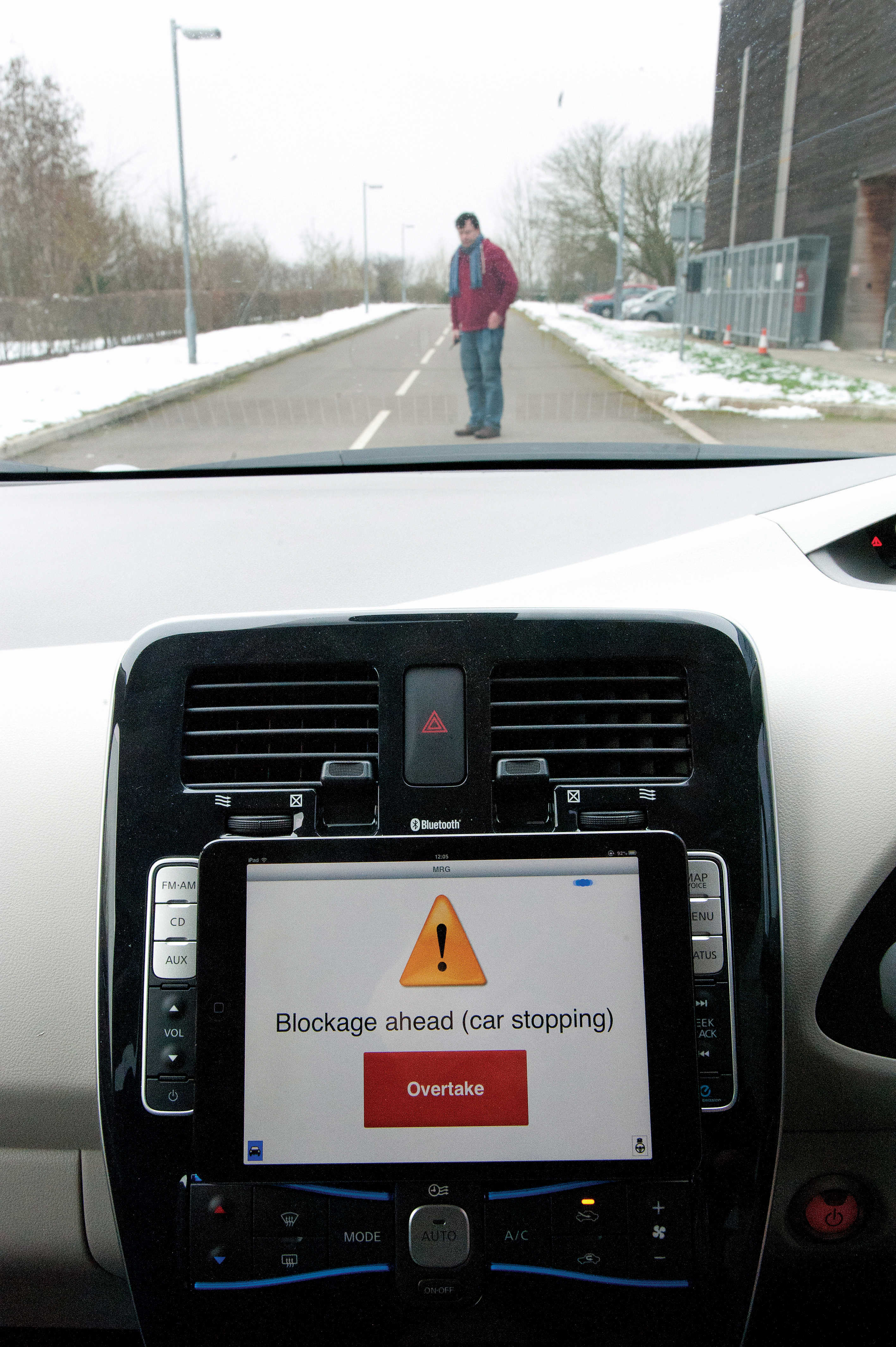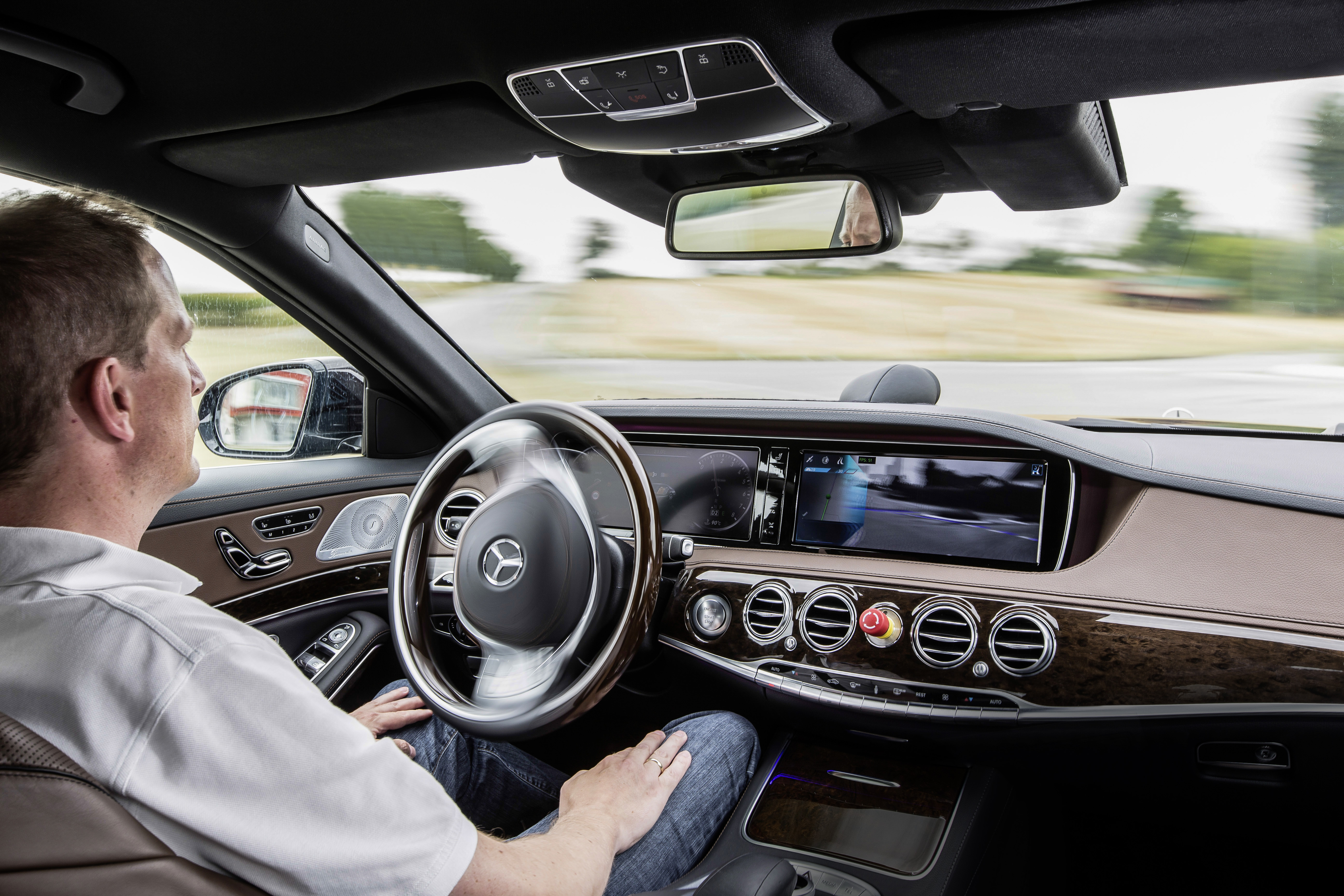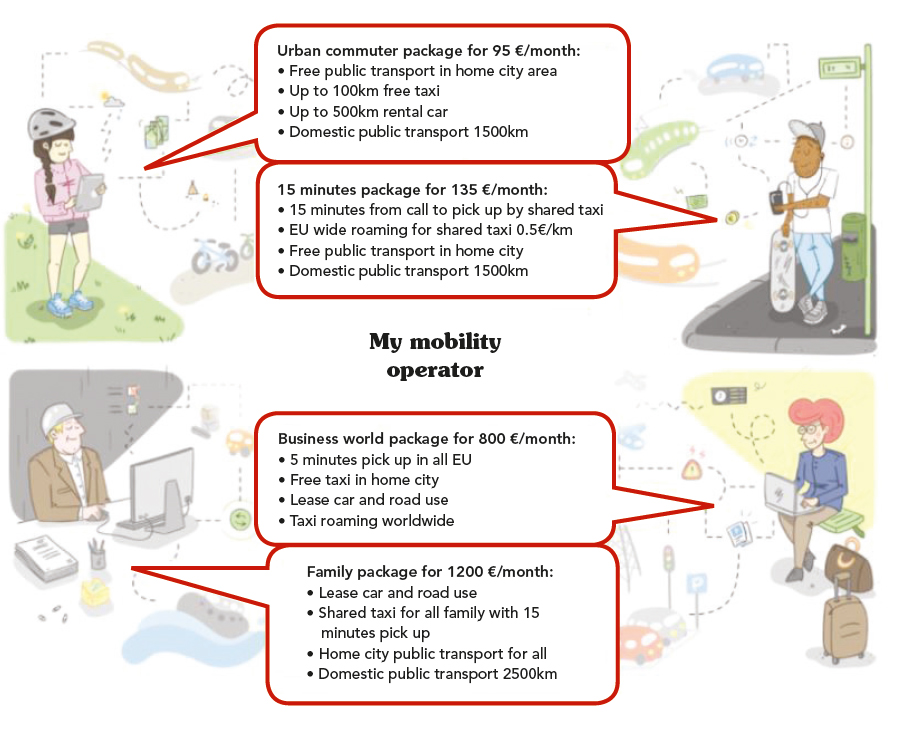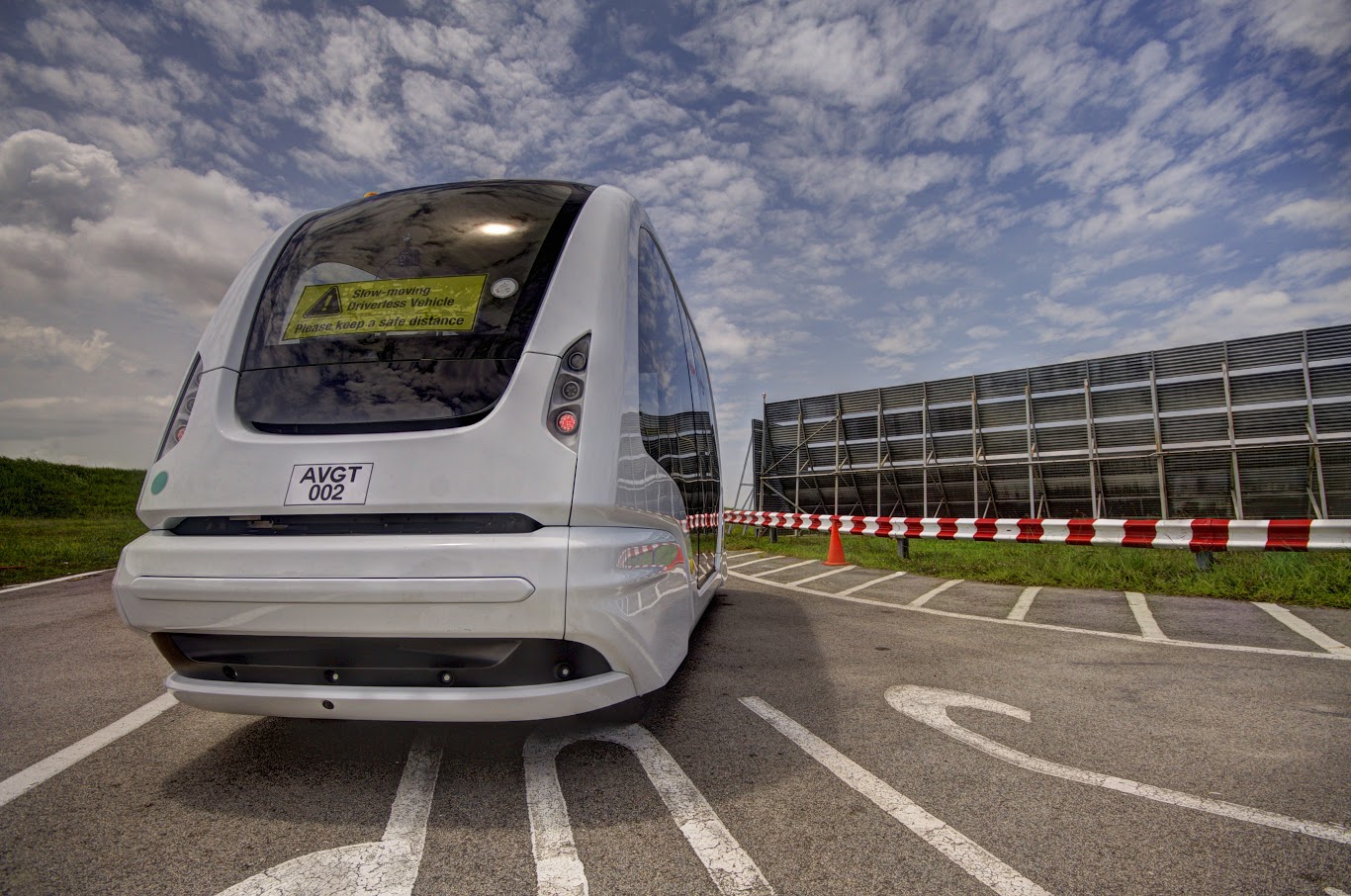Paul Godsmark gives his views on what the advent of autonomous vehicles would mean for the wider society. Further to your article ‘Driver not required…’ in the Jan/Feb edition of ITS International which gave some great background to autonomous road vehicle (ARVs), I feel that the bigger picture is needed to aid understanding. There is a ‘technology freight train’ heading our way that is going to transform our roadways but we don’t seem to be aware of it and, therefore, are in no hurry to react.

Oxford University is working to lower the cost of vehicle auomation - Photo John Cairns
Paul Godsmark gives his views on what the advent of autonomous vehicles would mean for the wider society.
Further to your article ‘Driver not required…’ in the Jan/Feb edition of ITS International which gave some great background to autonomous road vehicle (ARVs), I feel that the bigger picture is needed to aid understanding. There is a ‘technology freight train’ heading our way that is going to transform our roadways but we don’t seem to be aware of it and, therefore, are in no hurry to react.The ITS community is well acquainted with the Connected Vehicle and that it has major implications on how our road networks operate. But the ARV will have an even greater impact and has the potential to transform society; just as the last paradigm shift on our roads did some 130 years ago when the modern motor car was invented.
This impending paradigm shift to which I refer appears at first to be unremarkable: it simply occurs when an ARV is certified safe to travel unmanned. But when we start to unravel this novel concept then we find that it has profound and remarkable implications for society:
- An unmanned vehicle can work carrying people and goods to any destination.
- A vehicle that can do work can make money for its owner.
- A money makingehicle will be in great demand in a free-market economy.
When the autonomous vehicle is certified safe for unmanned use a number of industries will be poised to purchase this technology to gain a competitive edge over their competitors (i.e. to stay in business themselves):
- The trucking/freight industry – driver costs will be removed and both fuel and maintenance costs reduced. This will reduce the price of goods in shops.
- The taxi industry – Schaller Consulting estimates that 57% of the cost of a ride in a New York taxi, is used to pay the driver. To be competitive in the future, taxi companies must use autonomous taxis.
- Car rental companies – hiring an ARV will cost less and be more convenient than current vehicles. Rental ARVs will suffer less damage, require less maintenance, be cheaper to run and more flexible on returns.
- Carshare and ride-share companies – will naturally migrate to ARVs as a progression of their existing business models.
What will happen is that (apart from the trucking industry) these business models will converge – they will then be competing against each other: private individuals with low overheads and low profit expectations will be competing against business-based autonomous vehicle fleets. The competition will be brutal and the average cost of autonomous taxis will plummet to the point at which for many individuals it will not be worth owning their own ARV.
Transforming Personal Mobility, a study by Columbia University’s Earth Institute, suggests that by relinquishing individual ownership and using autonomous taxis, the average person could see their transport costs fall by 40%.
And if ultra-lightweight electric powered autonomous vehicles were used, the cost could be reduced by up to 80%.
For an average person these savings could be significant multiples of their current disposable income and result in a substantial improvement in their quality of life.
But what about public transport? It is easy to see that bus services could be severely impacted by these changes. They require riders to travel to and from fixed bus stops and will therefore have a lower level of service and probably have a lower quality feel than using an autonomous taxi. Buses serving high density corridors will always have the advantage of being able to densely pack passengers into a single ‘metal box’ but on routes where road space is not at a premium then some, if not all, passengers could be lost to the autonomous taxis.
This will leave bus operators with an interesting dilemma – how to adapt their operational and business models to survive, or even thrive in the new environment. The use of autonomous buses is certainly an option, but research is definitely needed to determine what might be an optimum solution.
As for the future of Light Rail Transit (LRT) in a world of ARVs; again the principle of high density corridors ensures the continuing need for LRT, but the lesser used peripheral routes may need review as to their continued viability. What is of concern to the fiscally minded is whether the operational, business and revenue models for proposed LRT lines or extensions are sufficiently robust to continue being designed from within the existing paradigm. When the large capital costs of LRT construction is taken into account, and the operational subsidy that most services require, an autonomous taxi alternative, funded by the private sector, may begin to look very attractive.
So market forces will dictate that fleets of autonomous taxis will rapidly evolve and this will also be fuelled by a growing ‘shared economy’ such as carshare and ride-share services, especially in trend-setting hubs such as San Francisco and other Californian cities.
A review of research by Elliot Martin and Susan Shaheen of the
So overall it appears that there are safety, efficiency, financial and environmental benefits for users to switch from privately-owned cars to autonomous vehicles, but even greater advantages if they relinquish ownership of private vehicles and use autonomous taxis. Those that continue to drive themselves will actually be sub-optimal road users in a number of situations, especially in dense traffic where for safety reasons they should maintain a larger distance to the vehicle in front as humans have slower reaction times than the computers that will control ARVs.
When considering how this will affect our cities some very interesting challenges will emerge. The inhabitants and local administrations in most cities would like to make their areas much more liveable and more desirable to pedestrians and cyclists by removing as much fast-moving, dangerous and polluting traffic from urban streets as possible.
Here again ARVs have an advantage because:
- parking requirements are reduced dramatically as ARVs and autonomous taxis drop off passengers and find a free parking space or move to their next fare;
- due to the efficiency with which autonomous vehicles will move through inner-city streets, human drivers will be highlighted as the sub-optimal element;
- ARVs will be the most courteous and safest of drivers on the road and will be programmed to accommodate pedestrians and cyclists in their vicinity;
- ARVs won’t crash as often so can shed the weight of current safety features and can become ultra-lightweight vehicles.
Some or all of the above could have significant impacts on existing and future ITS projects. The opportunities and threats ARVs present are immense and, where possible, it is probably wise to build in flexibility to accommodate ARV deployment.
Car manufacturers are already starting to produce semi-autonomous vehicles and are intimating that fully autonomous vehicles could be on our roads between 2020 and 2025. Google has stated that its self-driving car technology will be in public hands by 2018. If our ITS projects are intended to function well-beyond 2018 then now is time to see the bigger picture and prepare for that ‘technology freight train’.”












